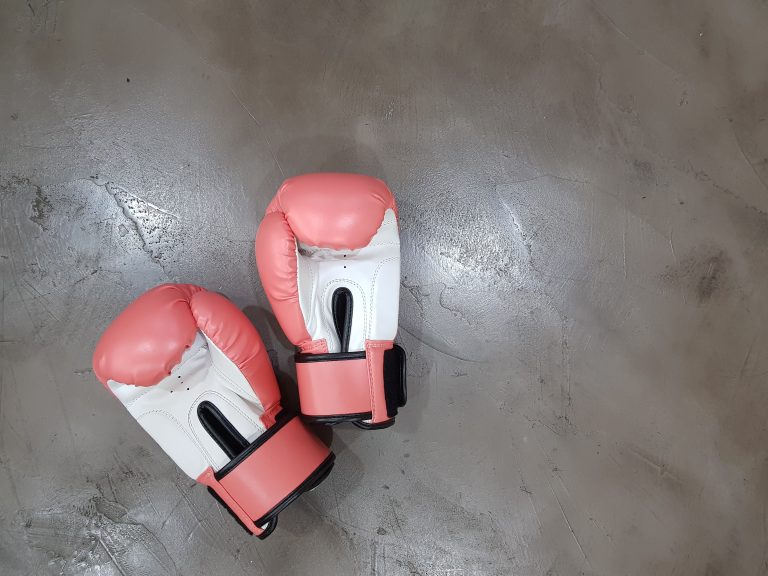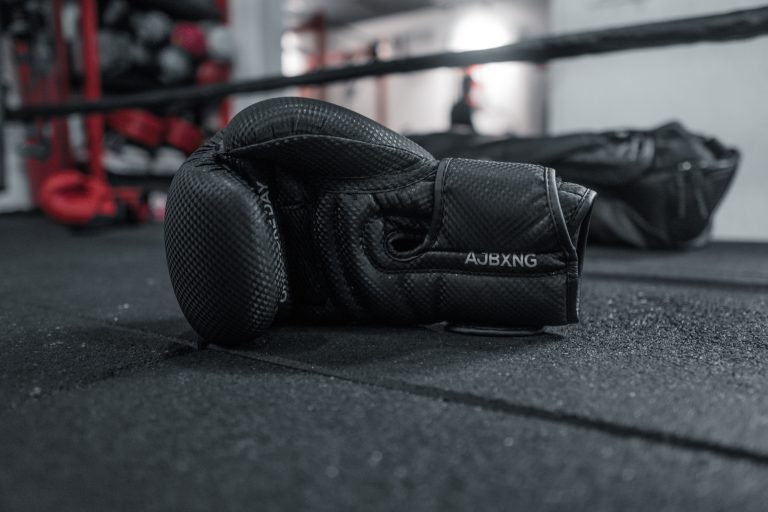Karate Terms in English: A Comprehensive Guide
Karate is a martial art that originated in Okinawa, Japan. It involves a combination of physical and mental conditioning, with a focus on self-defense and honing one’s abilities in combat. Karate has a rich and complex vocabulary, with many specialized terms that are used to describe techniques, movements, and concepts. In this post, we’ll explore some key karate terms in English, providing definitions and explanations that can help you to deepen your understanding of this fascinating martial art.
Karate Basics
Let’s begin with some basic concepts and terms that are central to karate practice:
Karate-Do
Karate-do is the Japanese term for karate, which means “the way of the empty hand”. This highlights the fact that Karate is an unarmed martial art, relying solely on the power of the body to generate force.
Ki
Ki is a Japanese term that roughly translates as “vital energy”. In karate, this refers to the body’s internal energy, which is believed to be connected to the breath and physical movements. Many karate practitioners seek to cultivate and enhance their ki through training and meditation.
Kata
Kata is a set of predefined movements that is used to practice techniques and develop muscle memory. It involves a series of attacks and counterattacks, which are performed in a specific sequence. Practicing kata is an essential part of karate training, and is often seen as a way to master fundamental techniques and principles.
Kumite
Kumite is a sparring practice in karate. Unlike kata, which is performed solo, kumite involves two or more practitioners engaging in simulated combat, with various rules depending on the style of karate being practiced. Kumite is an important aspect of karate training, as it allows practitioners to apply their skills in a more realistic setting.
Karate Techniques
Next, let’s take a closer look at some of the specific techniques used in karate:
Karate Blocks
Blocks are defensive movements that are used to deflect or stop incoming attacks. Some common karate blocks include:
- Gedan Barai: A low-level block that is used to deflect incoming kicks.
- Jodan Uke: A high-level block that is used to deflect strikes aimed at the head.
- Soto Uke: An outward block that is used to deflect strikes from the side.
- Uchi Uke: An inward block that is used to deflect strikes coming from the front.
Karate Strikes
Strikes are offensive movements that are used to attack the opponent. Some common karate strikes include:
- Choku Zuki: A straight punch that is delivered with the arm extended.
- Gyaku Zuki: A reverse punch that is delivered with the arm extended and the body turned.
- Kizami Zuki: A jab that is used to set up other strikes.
- Mawashi Geri: A roundhouse kick that targets the body or head.
Karate Ranks
Karate features a system of ranks that are used to indicate a practitioner’s level of skill and experience. The ranking system varies depending on the style of karate being practiced, but typically includes colored belts that correspond to different levels of proficiency. Some common karate ranks include:
- White Belt: This is the starting rank for all karate practitioners.
- Yellow Belt: Indicates that the practitioner has developed a basic understanding of karate techniques.
- Green Belt: Indicates that the practitioner has demonstrated proficiency in the fundamental techniques of karate.
- Black Belt: Indicates a high level of skill and mastery in karate.
Frequently Asked Questions about Karate Terms in English
Karate is a fascinating martial art that originated in Okinawa, Japan. It is known for its powerful strikes, precise movements, and practical self-defense techniques. If you are new to karate or just starting your training, you might have questions about the karate terms used in English. In this article, we will answer some of the most frequently asked questions about karate terms in English.
1. What does the term „kata“ mean in karate?
Kata is a Japanese term used in karate to describe a patterned sequence of movements that represent various offensive and defensive techniques. Katas are performed solo and are used to practice techniques and improve overall form. Each kata has a specific name and number of movements, and they are usually named after the master who created them.
2. What is the difference between „kihon“ and „kumite“ in karate?
Kihon and Kumite are two of the most fundamental terms used in karate. Kihon refers to basic techniques such as punches, kicks, and blocks that are practiced individually or in a predetermined sequence. Kumite, on the other hand, refers to sparring or fighting with a partner. It involves using the techniques learned in kihon to defend against and attack an opponent.
3. What does the term „sensei“ mean in karate?
Sensei is a Japanese term used to address a teacher or instructor in karate. It is a term of respect and is used to acknowledge the instructor’s knowledge, expertise, and experience. In traditional Japanese karate, the term sensei is usually reserved for black belt instructors.
4. What is a „gi“ in karate?
A gi is a traditional Japanese uniform worn in karate and other martial arts. It consists of a jacket, pants, and a belt (called an obi). The gi is usually made of cotton or a cotton-polyester blend and is designed to be lightweight, durable, and comfortable.
5. What is the meaning of the different colors of belts in karate?
In karate, belts are used to indicate a student’s rank and level of proficiency in the art. The ranking system usually starts with white belts for beginners and progresses through different colors (e.g., yellow, orange, green, blue, purple, brown) before reaching black belt. The colors of the belts vary depending on the style and organization, but they usually have a similar meaning. For example, in most styles, a black belt represents mastery and a white belt represents a beginner.
6. What is the meaning of the term „dojo“ in karate?
Dojo is a Japanese term that refers to a training hall or a place of practice for martial arts, especially karate. The word „dojo“ is composed of two Japanese characters: „do“ (meaning „the way“ or „the path“) and „jo“ (meaning „the place“ or „the hall“). So, a dojo is a place where people can come to practice the way of karate.
How to Understand Karate Terms in English
If you are new to karate, you may find it challenging to understand the Japanese terms used in this martial art. However, learning the jargon used in karate is essential to improve your technique and communicate effectively with other practitioners.
In this how-to guide, we’ll break down the most important karate terms in English, step-by-step, so you can become familiar with them and progress in your karate practice.
Step 1: Know the basic greetings used in karate
Like many martial arts, karate begins and ends with a formal bow. Here are some basic greetings you should know:
- Rei: A deep bow to show respect to your opponent, sensei (teacher), and fellow students.
- Onegaishimasu: A phrase used before starting any class or exercise to show respect and gratitude for the opportunity to practice.
- Arigato gozaimashita: A phrase used at the end of class or exercise to show gratitude for the practice.
Step 2: Familiarize yourself with common karate techniques
Karate is known for its striking techniques, which include:
- Punches (tsuki): Straight punches, uppercuts, and hooks are all common punches used in karate.
- Kicks (geri): Side kicks, front kicks, and roundhouse kicks are all common kicks used in karate.
- Blocks (uke): Various types of blocks including inside blocks, outside blocks, and high blocks are used to defend against attacks.
Step 3: Know the different kata (forms)
Kata refers to a routine of movements that simulate a self-defense situation. Here are some of the Kata that are commonly practiced in karate:
- Heian Shodan: One of the most basic Kata that is taught during the early stages of karate training.
- Bassai Dai: This Kata teaches practical self-defense techniques, and it also helps develop strength and flexibility.
- Kanku Dai: This is an advanced Kata that is used to enhance students‘ abilities to concentrate and focus.
Step 4: Understand ranking systems in karate
Karate has a ranking system that allows students to progress from beginner levels to intermediate and advanced levels. Here are some common ranks used in karate:
- Kyu ranks: These ranks are used for beginners, and denote the order of advancement towards black belt. Kyu ranks are generally represented by colored belts.
- Dan ranks: These are black belt ranks, which represent the highest levels of achievement in karate. There are ten Dan ranks, with the tenth Dan being the highest.
Step 5: Learn essential dojo etiquette
When you attend a karate dojo (school), it’s important to respect the traditions and etiquette of the art. Here are some things to keep in mind:
- Show up on time: In karate, punctuality is highly valued. Arrive early to class to warm up and stretch, and be ready to start when the class begins.
- Hygiene: Keep your uniform and body clean to avoid unpleasant odors, and keep your nails trimmed to avoid injuring yourself or a partner.
- Respect others: Always show respect to your teacher and fellow students by using proper titles, bowing, and following directions.
Conclusion
Karate requires dedication and commitment, but understanding these essential terms is a step in the right direction. By following these steps, you’ll be able to communicate effectively, progress in your training, and properly show respect and humility to your fellow students and sensei. Keep practicing, and soon you too will become a part of the rich tradition of karate.
Inhaltsverzeichnis






